How to improve the education system in pakistan 2022
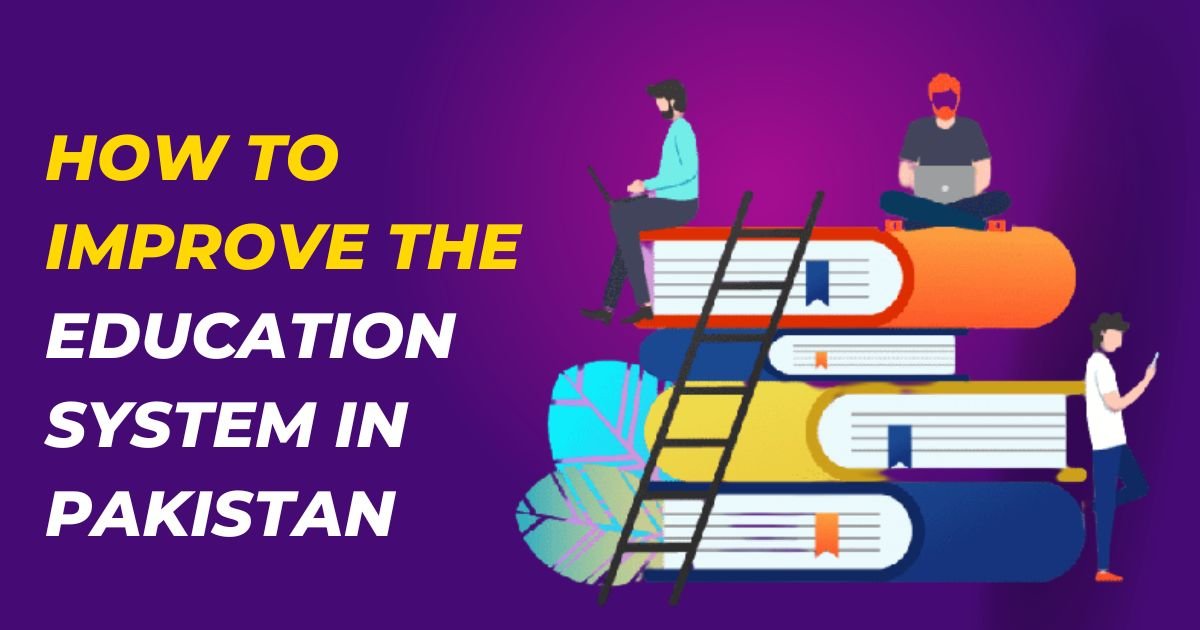
Numerous Strategies for Better Schools” The educational system has shining moments and low aspects.
There are many things that could be improved about the system, such as allocating resources more effectively, expanding as well.
Students horizons beyond what’s covered by standardized tests, and integrating extracurricular activities like sports.
While it’s true that everyone has their own unique perspective on high school, it often seems that these kinds of everyday issues are brought up often enough to get someone’s attention, but that rarely does.
A high school can be enhanced in numerous ways and one of these is by allocating more significant resources to the fine arts program.
Students can gain a lot from exposure to the fine arts. The one and only drawback to the expand the scope of what’s being displayed.
On How to Improve Schools passage. We want to prepare them for a useful.
Children to be courageous and humorous, know what justice and fairness are, have compassion and be responsible citizens, among other things.
What factors can improve education in Pakistan
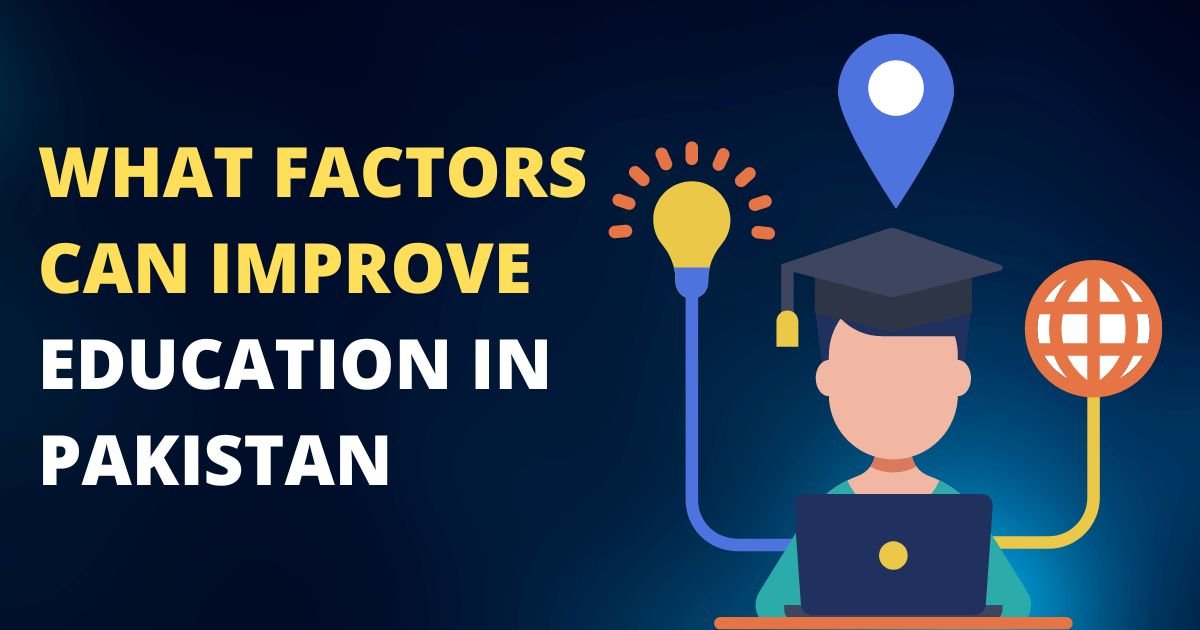
There is a need to analyze the education system in Pakistan and look into the issues and problems it is facing so that workable solutions can be recommended.
Especially in light of the statistics regarding education and Pakistan’s progress toward education targets set in Vision 2030 and Pakistan’s
Lagging behind in achieving EFA targets and its Millennium Development Goals (MDGs) for education.
The Education System
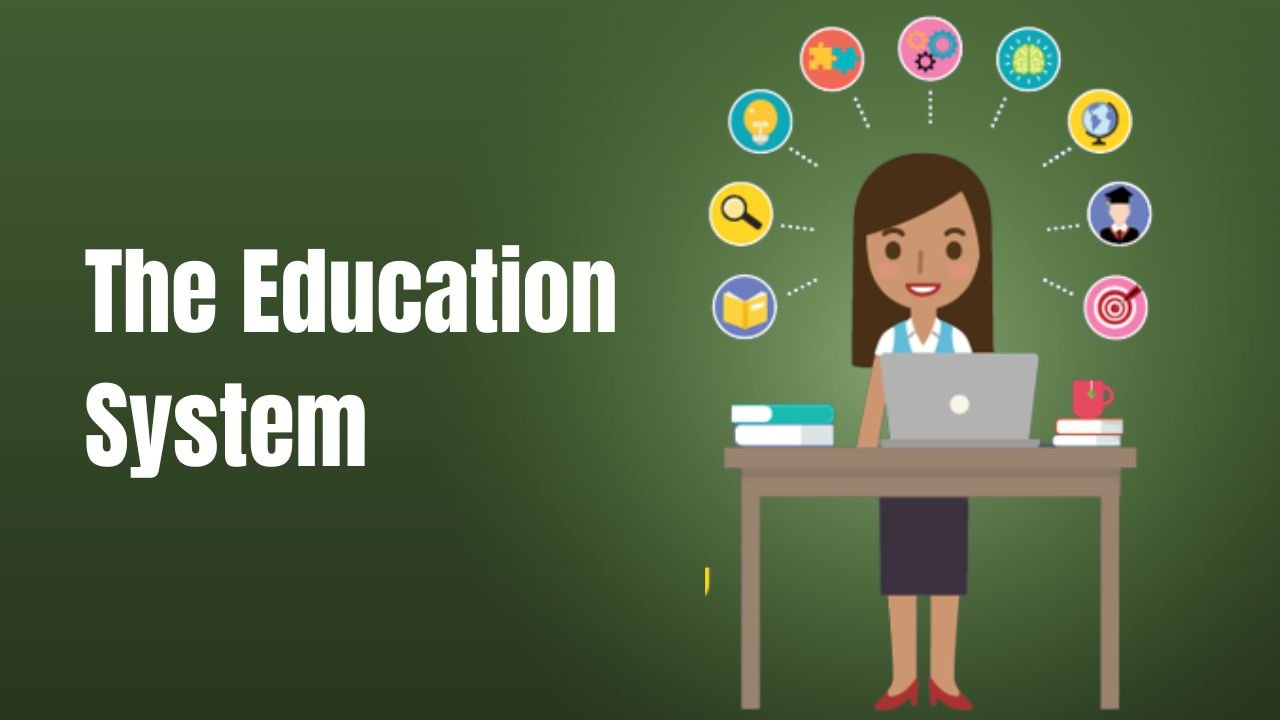
Public and private schools, universities, colleges, training programs, and other organizations that provide formal education whether onsite or online are all part of the education system, as are the teachers and students who attend them.
As well as the rules and regulations under which they operate. Institutions that provide funding, management operation.
Or regulation of other institutions are also considered part of the system in a larger sense like government ministries and regulatory bodies, central testing organizations, textbook boards, and accreditation boards.
The framework of norms and policies that govern the behavior of individuals and organizations inside the system is also taught.
Pakistan’s educational system
With the support of its 1,535,461 educators, Pakistan’s 260,903 educational institutions are providing services to 41,018,384 students.
The system has a total of 80,057 private schools in addition to 180,846 public schools. That’s why the public sector accounts for 69% of schools while the private sector handles 31%.
Examining Pakistan’s Educational System
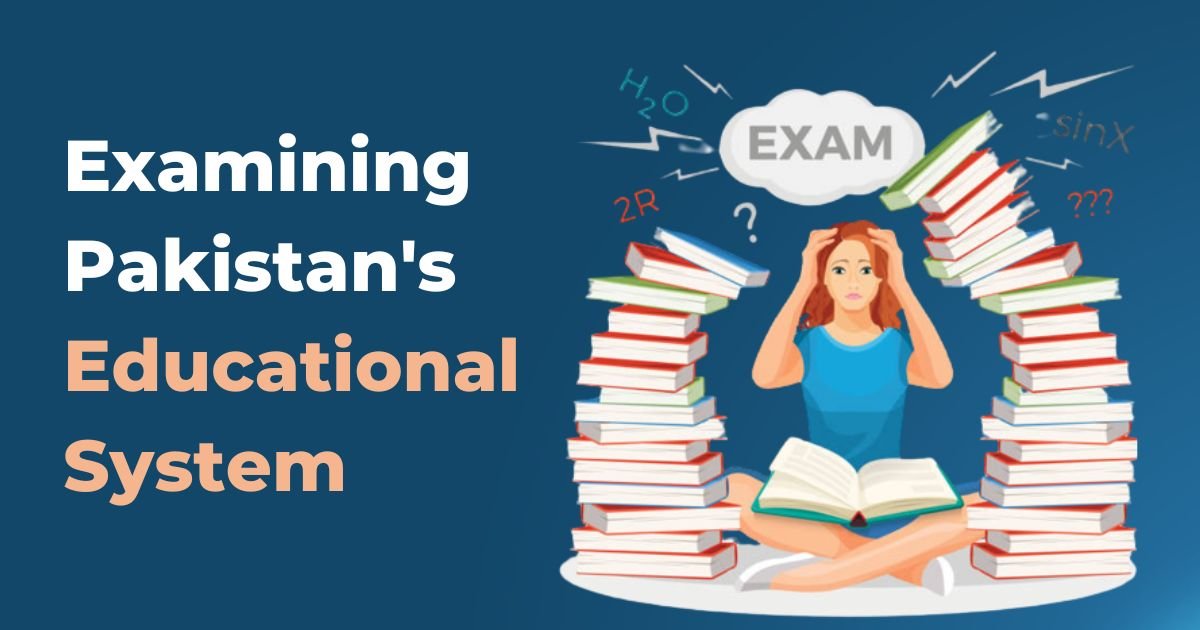
Pakistan is dedicated to increasing its population’s education and literacy levels, and its government has taken steps toward this goal through domestic.
Education policy and international engagement with obligations relating to education.
As such, national education policies are the visions that propose solutions to boost the literacy rate, expand teachers’ skills, and improve classroom infrastructure.
Pakistan has made international commitments to the MDGs and EFA programs to increase literacy rates.
Pakistan’s education system is split into five distinct levels
- Primary level
- Middle level
- Secondary level
- Intermediate level
- University level
Schools, colleges, and universities can also be divided into three groups
- Schools
- Colleges
- Universities
Higher education, any of the many different types of education offered in postsecondary schools of learning, usually resulting in a named degree, diploma, or certificate of higher studies at the conclusion of a term of study.
Universities, colleges, and professional schools that offer training in subjects like law, theology, medicine, business, music, and art are all considered higher education institutions.
Junior colleges, institutes of technology, and schools for future teachers are also considered to be part of higher education.
The completion of secondary education is the standard entrance criterion for the majority of higher educational institutions, and the entrance age is often about 18 years.
Does Our Education System Need Improvement?
In that piece, we’ve already covered some of the difficulties encountered by the educational system in today’s globalized world.
Many options exist for how academic institutions and business factors might meet these challenges head-on.
They can cut costs, offer individualized or targeted instruction, and expand or subsidize educational opportunities by forming partnerships.
Developing personalized learning and training, adopting cutting-edge technological tools, and making smart use of available information systems.
Conclusions
There are a lot of things that could be improved about the system, such as allocating resources more effectively.
Expanding students’ horizons beyond what’s covered by standardized tests, and integrating extracurricular activities like sports.
A high school can be enhanced in numerous ways, and one of these is by allocating greater resources to the fine arts program.
![The Winter Vacations Extended for Lahores Public and Private Schools in 2023 [Full Details]](https://whatispakistan.com/wp-content/uploads/2022/12/The-Winter-Vacations-Extended-for-Lahores-Public-and-Private-Schools-in-2023-Full-Details-768x403.jpg)
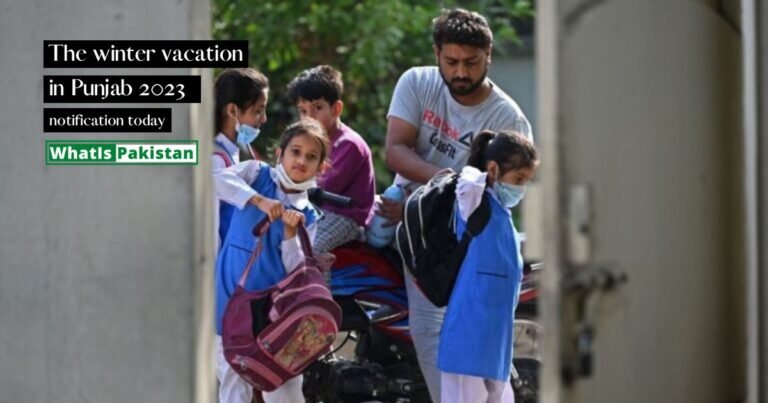
![The PSX Loses Over 1,100 Points As Political Uncertainty Unnerves Investors 2023 [Complate Guide]](https://whatispakistan.com/wp-content/uploads/2022/12/PSX-Loses-Over-1100-Points-As-Political-Uncertainty-Unnerves-Investors-Complate-Guide-768x403.jpg)
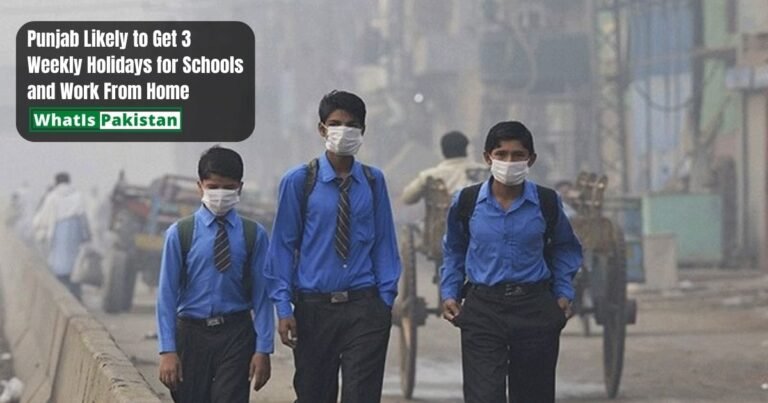
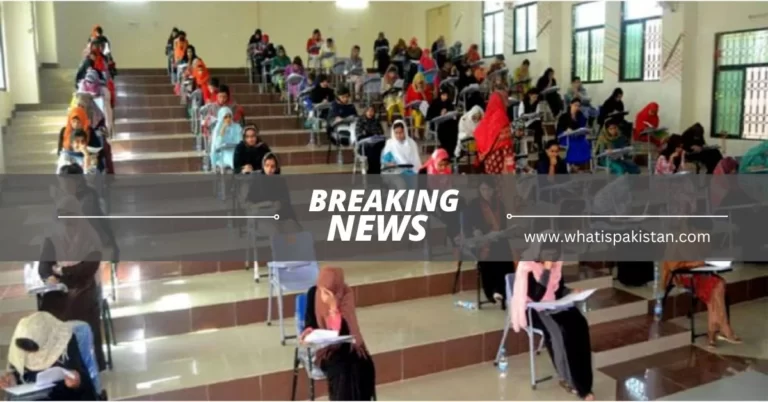
![HEC Partners With Coursera to Offer Free Training to Pakistani Youth [ Full Details]](https://whatispakistan.com/wp-content/uploads/2022/12/HEC-Partners-With-Coursera-to-Offer-Free-Training-to-Pakistani-Youth-768x403.jpg)